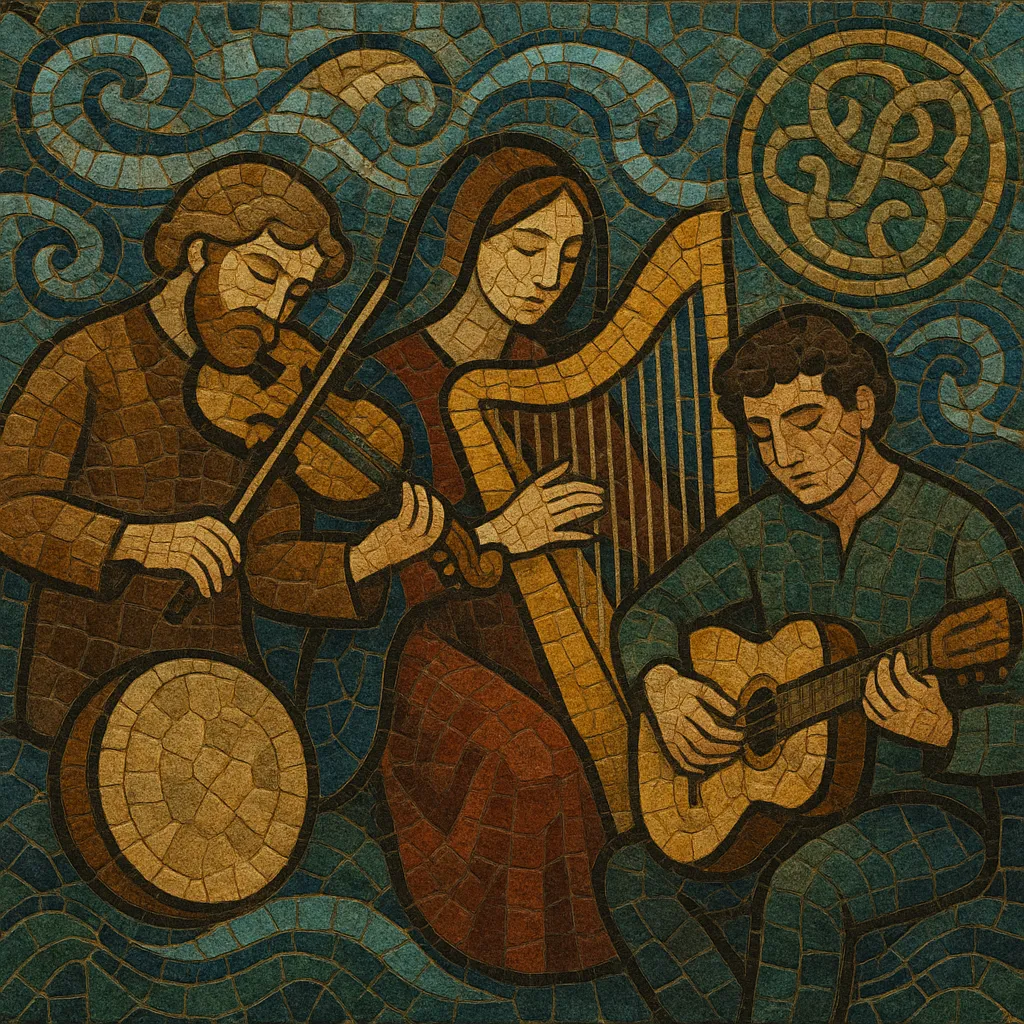
Manx folk music is the traditional music of the Isle of Man, one of the six Celtic nations. It blends dance tunes, work songs, seasonal carols (carvals), and narrative ballads in Manx Gaelic (Gaelg) and English.
Stylistically it sits within the wider Celtic sound world but retains its own melodic turns, dance steps, and repertoire, often shaped by seafaring life and island ritual. Fiddle and harp frequently lead, with whistle, accordion, guitar/bouzouki, and bodhrán providing color and rhythm. Modes such as Dorian and Mixolydian, lilting jig rhythms, and communal singing are common features.
Today the genre thrives through a modern revival that honors archival collections while supporting new composition in Manx Gaelic, creating a living tradition heard in sessions, festivals, and contemporary folk ensembles.
Manx folk music descends from the island’s Gaelic heritage and maritime life. Seasonal customs like "Hunt the Wren" (celebrated on 26 December) and community events such as Oie'l Verree (pre-Christmas carol-singing) maintained a shared repertoire of dances and carvals (religious carols). While the tradition is older, printed and manuscript references become clearer from the 18th and 19th centuries, when ballads, dance tunes, and devotional song texts were collected and circulated.
As English influence grew and everyday use of Manx Gaelic waned, parts of the oral tradition weakened. Yet the island retained distinctive dances and melodies in local memory. Clergy, teachers, and enthusiasts helped safeguard carvals and parish repertoires, while early collectors noted tunes performed on fiddle, harp, and voice.
In the 20th century, folklorist and cultural activist Mona Douglas (1908–1987) was pivotal. She gathered songs and dances from elder tradition-bearers, notated melodies, wrote new songs in Manx style, and seeded dance and song groups. Her work, alongside other collectors and ensembles, kept Manx repertoire visible during periods of linguistic and musical decline.
From the 1970s, a broader Celtic revival, language activism (Manx-medium education), and festivals like Yn Chruinnaght invigorated the scene. Bands began arranging dance tunes for stage, blending fiddle-led sets with guitar/bouzouki accompaniment and bodhrán. Archival materials informed new compositions, while session culture and inter-Celtic exchange (with Irish and Scottish players) strengthened technique and repertoire.
In the 2010s–present, Manx folk gained international attention through touring ensembles and Manx-Gaelic song projects. Artists record newly written pieces in Gaelg alongside restored carvals and dance tunes. Institutions (e.g., Culture Vannin), youth ensembles, and festivals support teaching, commissioning, and documentation, ensuring the tradition continues to evolve.

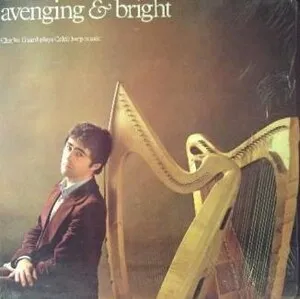
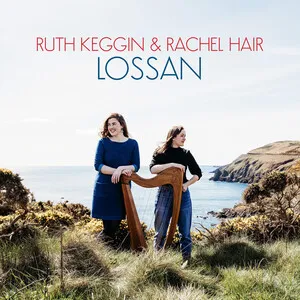
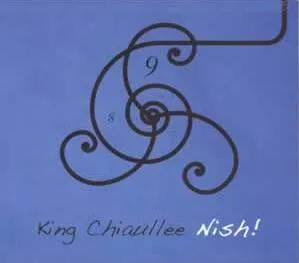
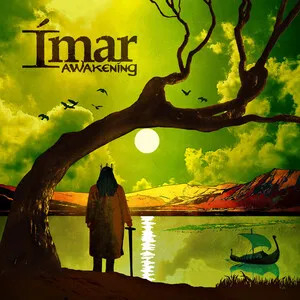
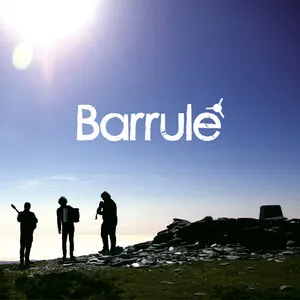
%2C%20Cover%20art.webp)
